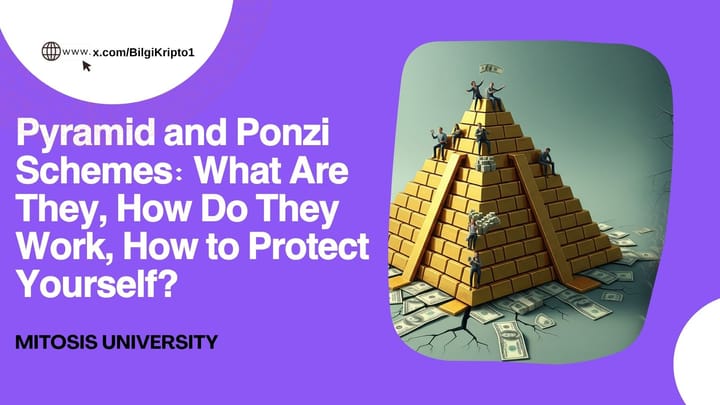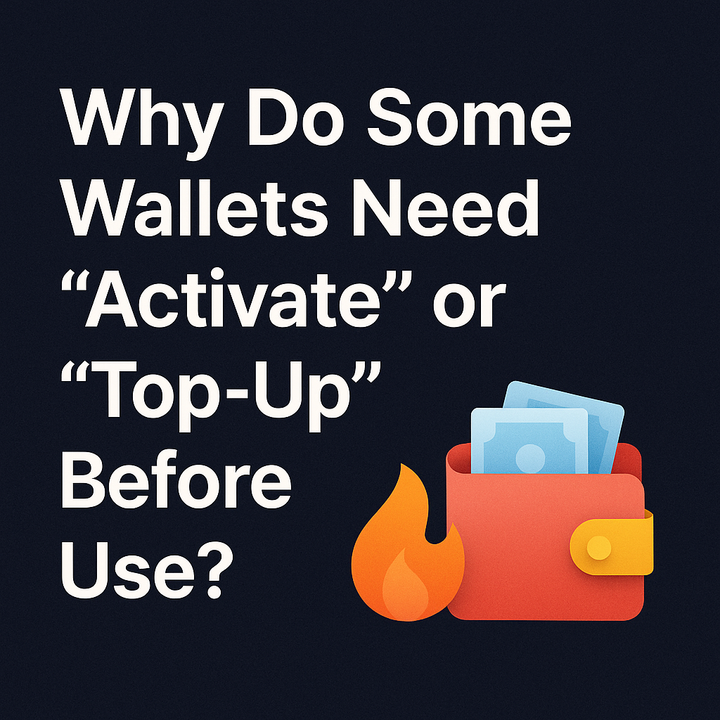DAO Platforms in Action: What Mitosis, TalentLayer, and EduDAO Are Working On

Decentralized autonomous organizations (DAOs) have gone beyond theoretical models and are becoming a full-fledged tool for governance, hiring, and funding in Web3. They manage protocols, allocate budgets, hire specialists, and even coordinate scientific research. In this article, we will analyze how three modern projects — Mitosis, TalentLayer, and EduDAO — use DAOs not only as a form of self-governance, but also as a building block of digital infrastructure.

Mitosis: DAO infrastructure for second-layer networks
Mitosis is a platform designed to launch modular rollup blockchains, where decentralized governance is built in from the start. Here, DAOs are not just “apps” — they become the core logic of each new chain.
Key features
DAO governance at the blockchain level
Each rollup built on Mitosis gets built-in voting, treasury, and rights allocation mechanisms — all managed through a DAO.
Cross-chain compatibility
The platform supports native bridges and cross-chain messaging, allowing DAO structures to interact across rollup chains.
Use cases
Mitosis is already being used to build multi-chain communities — from DeFi protocols to local DAO cities.
Mitosis thus transforms DAOs from “decision-making committees” into the infrastructure of a multi-chain digital state.

Comparative Overview of Mitosis, TalentLayer, and EduDAO
|
Platform |
Core Focus |
DAO Role |
Key Features |
Target Users / Participants |
Real-World Application |
|
Mitosis |
Cross-rollup
infrastructure and modular blockchains |
DAO is
embedded in rollup governance; each chain has on-chain decision power |
Native
DAO governance tools, inter-rollup communication, treasury control |
Developers,
protocol architects, DAO networks |
Federated
governance for DeFi, gaming, and public digital systems |
|
TalentLayer |
On-chain
freelance and work marketplaces |
DAO
manages job markets, dispute resolution, and reputation incentives |
Escrow
payments, community arbitration, portable reputation system, DAO-built
marketplaces |
Freelancers,
DAOs, hiring protocols |
Decentralized
job boards, task bounties, DAO workforce networks |
|
EduDAO |
Funding
and coordination of academic research |
DAO
distributes grants and resources among university nodes |
University
node governance, proposal voting, student involvement, BitDAO funding |
Students,
researchers, university partners |
Web3
education, blockchain R&D, global campus collaboration |
TalentLayer: DAO economy for freelancers
TalentLayer creates infrastructure for the Web3 labor market, where all work, reputation, and payment occur on the blockchain and under the control of a DAO.
Digital reputation
Profiles of performers and customers are formed based on completed tasks and reviews. Everything is transparent and stored in the blockchain.
Escrow and arbitration via DAO
Payment is locked in a smart contract and transferred after the task is completed. In case of a dispute, it is considered by members of the DAO judges, selected by reputation.
Tools for DAO labor markets
TalentLayer allows other DAOs to build their own vacancy platforms, set up access rules and use built-in management tools.
The project rethinks employment: now a freelancer can work not for a company, but directly for a DAO, receiving payment in tokens, and reputation in the form of digital capital.

EduDAO: DAO model for education and science
Funded by BitDAO, EduDAO unites universities and student blockchain communities around the world within a single DAO platform that manages grants, research initiatives and educational projects.

University node model
The DAO includes leading universities (Berkeley, MIT, Oxford, etc.), each of which manages a part of the budget and votes on projects.
Web3 research funding
Grants are allocated not centrally, but through voting of university DAO nodes, which makes the process transparent and distributed.
Student community integration
Students can propose projects, participate in the development of open-source solutions, and accumulate a portfolio directly on the network.
EduDAO shows how the DAO model can work not only in financial protocols, but also in the academic environment, ensuring transparent and efficient resource allocation.

Conclusion
Each of the platforms reviewed in its own way shows the potential of DAO as a digital ecosystem designer:
1. Mitosis makes DAO the basis for new blockchains;
2. TalentLayer applies DAO to the world of hiring and freelancing;
3. EduDAO connects academia and blockchain through decentralized governance.
DAO is no longer just a trendy term, but a new logic for building communities, businesses, and Web3 infrastructures.



Comments ()